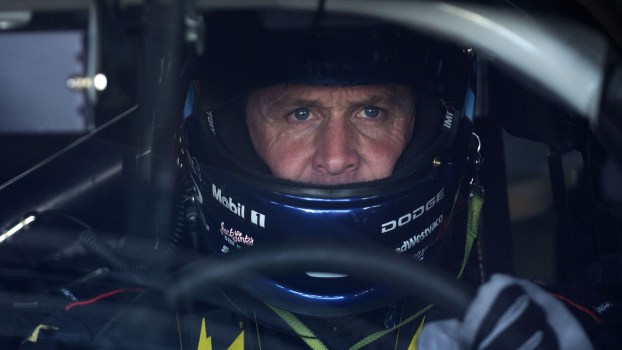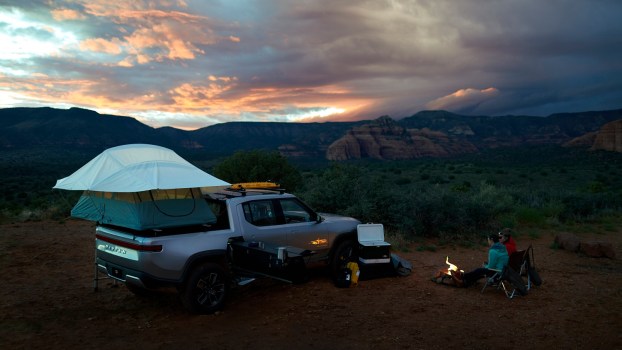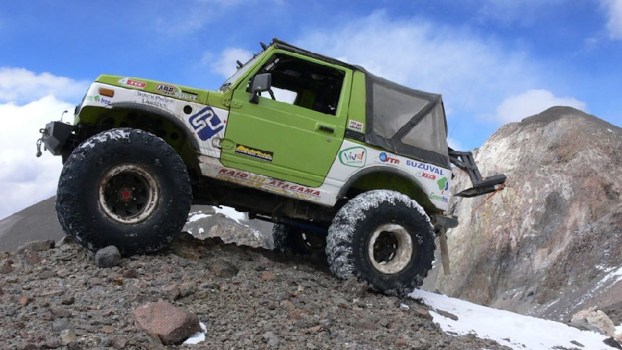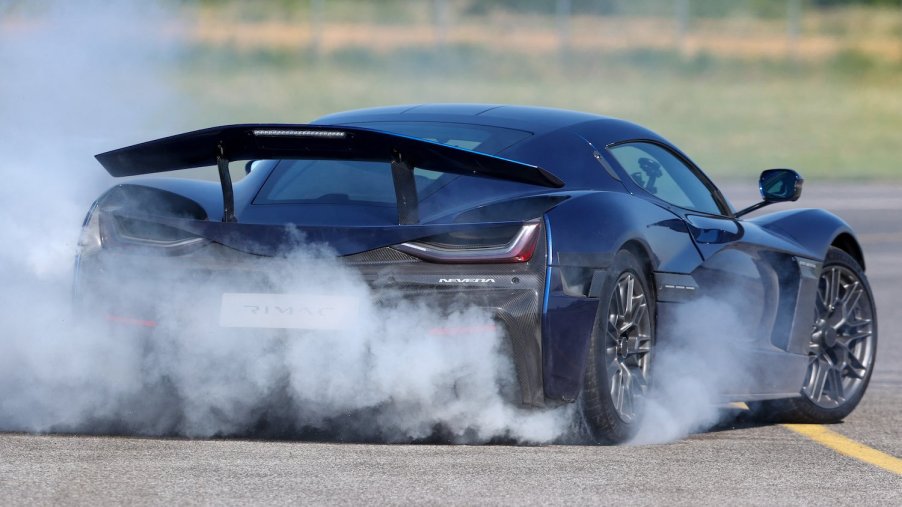
The Rimac Nevera Rockets to 170 MPH in Reverse–and We Have So Many Questions
I was scrolling through Twitter to see what is new in automotive news when I nearly spit out my morning coffee: Rimac has set yet another record, this time driving its EV supercar 170 MPH–backward. I had so many questions: did they spin the controls and seat around, or did the driver just do the old “over the shoulder” and hope for the best? Was the aerodynamics team watching and biting their collective nails? Does someone train for driving NASCAR speeds backward? Or was some lunatic at the Rimac test track in Croatia like, “Hold my Rakija and watch this!”? Luckily, I spend my days finding answers to important questions like these, so you don’t have to wonder anymore.
Yup, the Rimac Nevera EV set a 170 MPH record backward
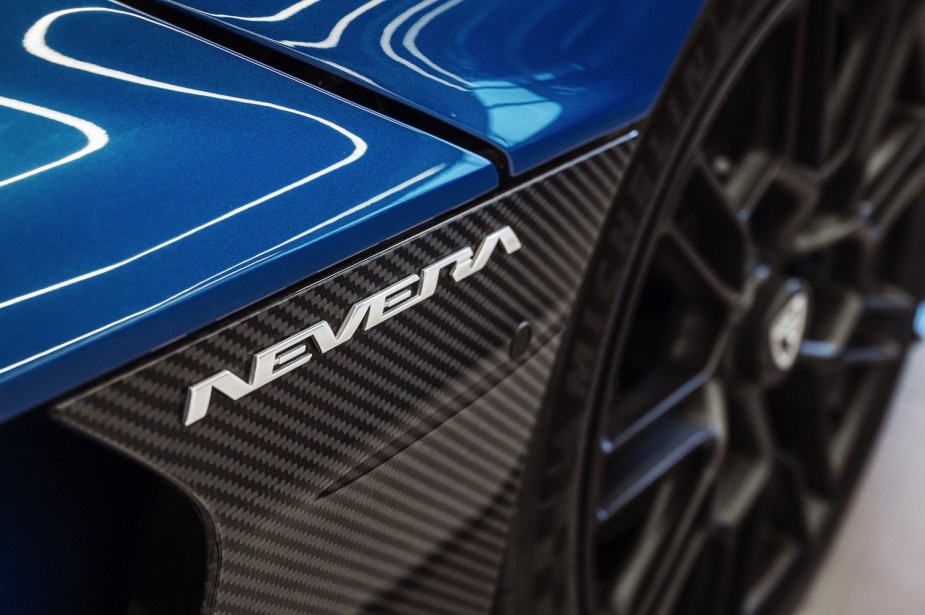
One of the most critical aspects of the Rimac Nevera’s reverse record is that an electric motor can spin just as fast backward as it can forward. The Nevera does not have a gearbox, so its top backward speed isn’t limited by the size of its reverse gear the way it is in the internal combustion cars us peasants drive.
Matija Renić, Chief Program Engineer at Rimac, admitted that the team had considered this unique property of EVs. “It occurred to us during development that Nevera would probably be the world’s fastest car in reverse, but we kind of laughed it off.”
Of course, any NASCAR fan can tell you that there’s more to hurling a car-shaped object down the track at 170 MPH than your powertrain’s output. Because Rimac initially laughed off the idea of a reverse run, they didn’t engineer a “bi-directional” car and had a few major obstacles before setting this record.
The aerodynamics, cooling and stability hadn’t been engineered for travelling backwards at speed, after all. But then, we started to talk about how fun it would be to give it a shot. Our simulations showed that we could achieve well over 150mph but we didn’t have much of an idea how stable it would be – we were entering unchartered territory.
MATIJA RENIĆ, NEVERA CHIEF PROGRAM ENGINEER
The Rimac Nevera ran out of sensible records to break
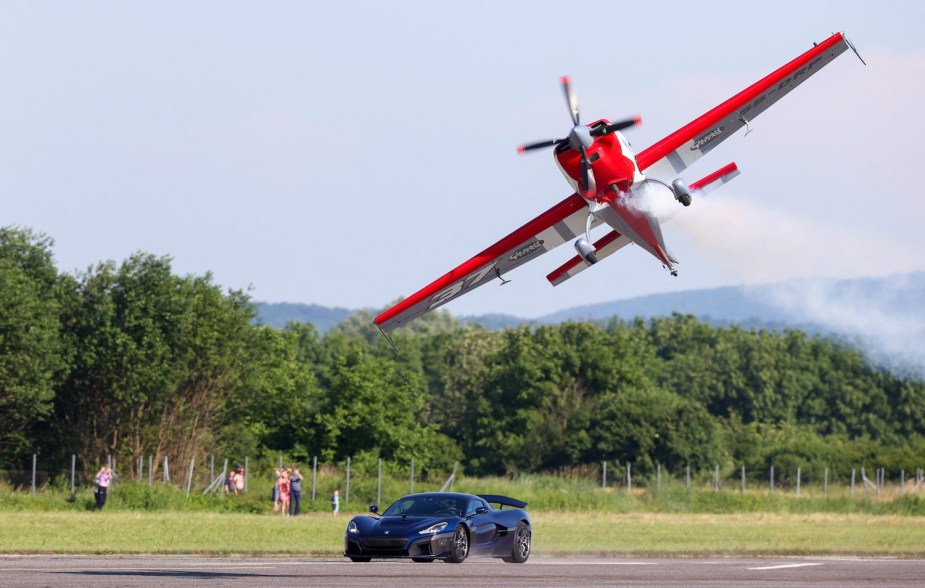
Electric engines produce maximum torque at zero RPM. They can also modulate power quicker than any internal combustion drivetrain. So it’s unsurprising that the first lightweight supercar with an electric motor at each wheel unlocked entire levels of performance. Still, Rimac is launching this new era with style.
On May 17th, 2023, Rimac announced that the Nevera had shattered 23 different performance records in a single day. The automaker took a Nevera dressed up in its signature black/green livery to the Automotive Testing Papenburg (ATP) facility and demonstrated a mind-boggling number of acceleration and braking records for Guinness World Records officials. Suffice it to say, that while the Challenger Scat Pack is still racing to finish a 1/4-mile, the Rimac Nevera would have already blown through the 1/2-mile.
As if that wasn’t enough, Rimac also set the official Nurburgring lap record (7:05). Then it went to the Supercar Shootout at the Goodwood Festival of Speed and broke the coveted hill climb record (49.32 seconds).
So, how does a supercar startup celebrate breaking every significant automotive speed record in a single year? If you’re Rimac, you spin a Nevera around and go for one more record: “The Rimac Nevera has conquered everything. So, to round off the year with a bit of fun, the team decided to start breaking records going backwards…”
Driving 170 MPH backward ‘took some getting used to’
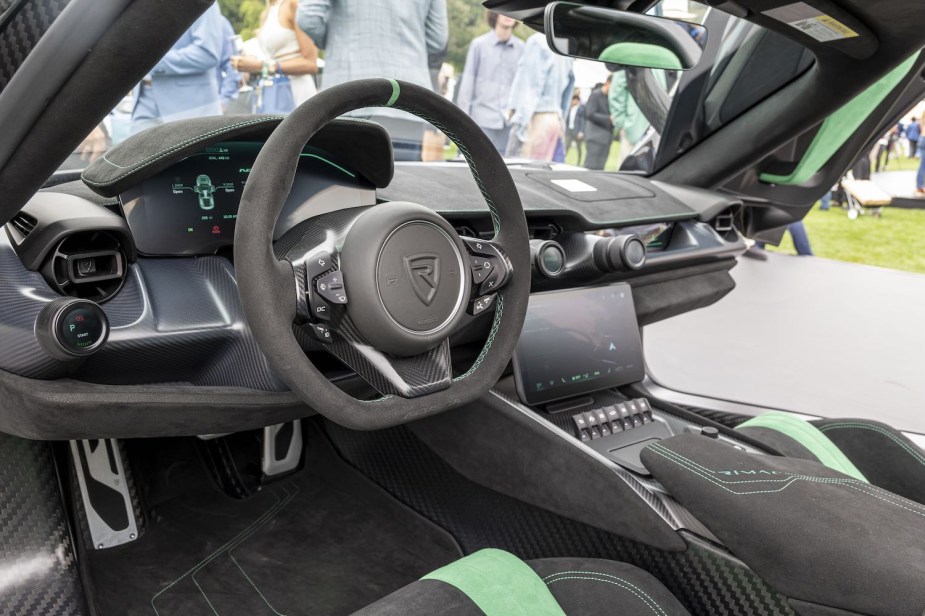
In November, the Rimac Nevera returned to ATP in Germany for one more 2023 record. In Rimac’s official video announcing its reverse record, it appears that its team swapped the car’s tires out for the record attempt. But they did not spin the driver’s seat around or modify the controls.
Rimac Test Driver Goran Drndak started like any other speed record: at a standstill. Then he switched the car into reverse and floored the accelerator.
On the run itself, it definitely took some getting used to. You’re facing straight out backwards watching the scenery flash away from you faster and faster, feeling your neck pulled forwards in almost the same sensation you would normally get under heavy braking. You’re moving the steering wheel so gently, careful not to upset the balance, watching for your course and your braking point out the rear-view mirror, all the while keeping an eye on the speed. Despite it being almost completely unnatural to way the car was engineered, Nevera breezed through yet another record.”
GORAN DRNDAK, RIMAC TEST DRIVER
The Rimac Nevera’s top speed in reverse was clocked at 171.34 MPH (275.74 KM/H). This blows away the previous record of 102.58 MPH, which has stood for 22 years.
After learning about what it took to set the reverse land speed record, I only have one more question: What the heck is Rimac going to do in 2024 to top this?
Next, read how an off-the-clock Tesla employee shattered the Cannonball Run Record in a borrowed Model S, or you watch the Rimac Nevera set the reverse Guinness World Record for yourself in the video below:
